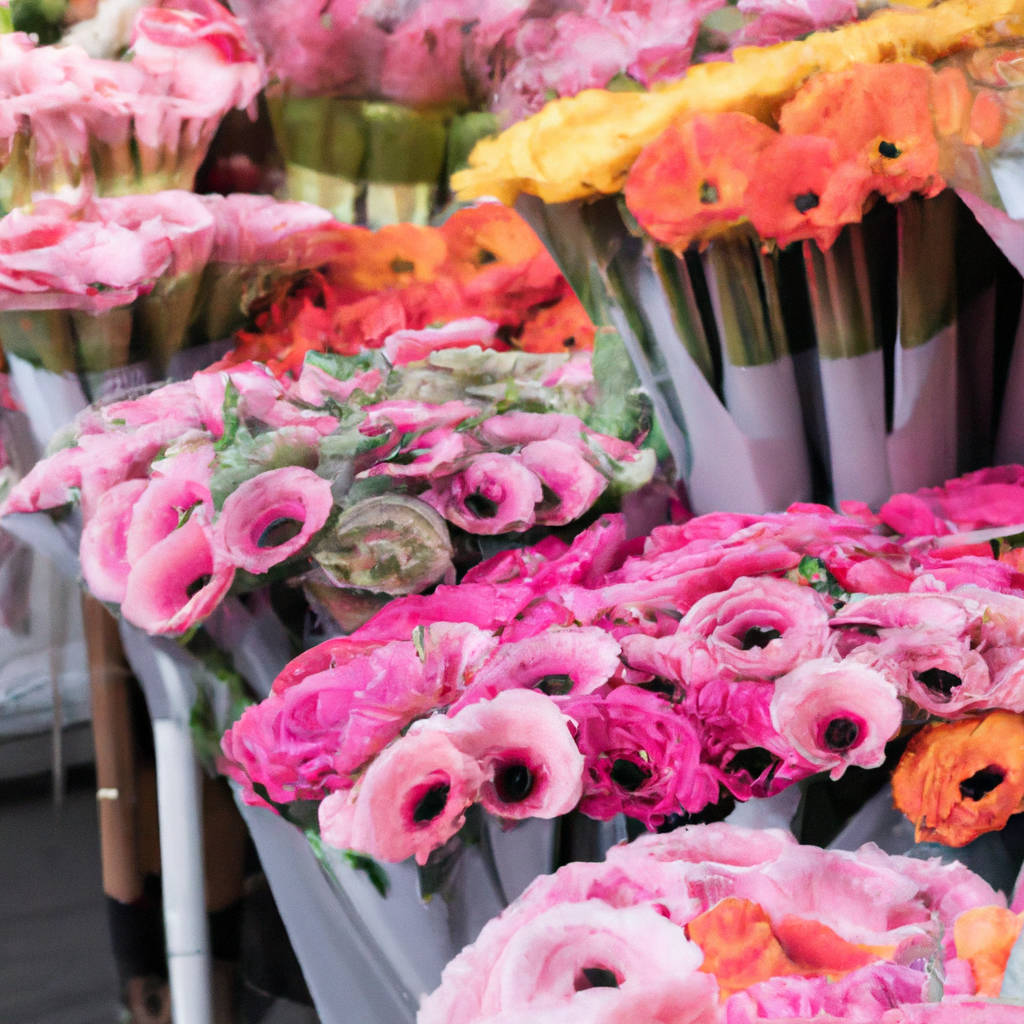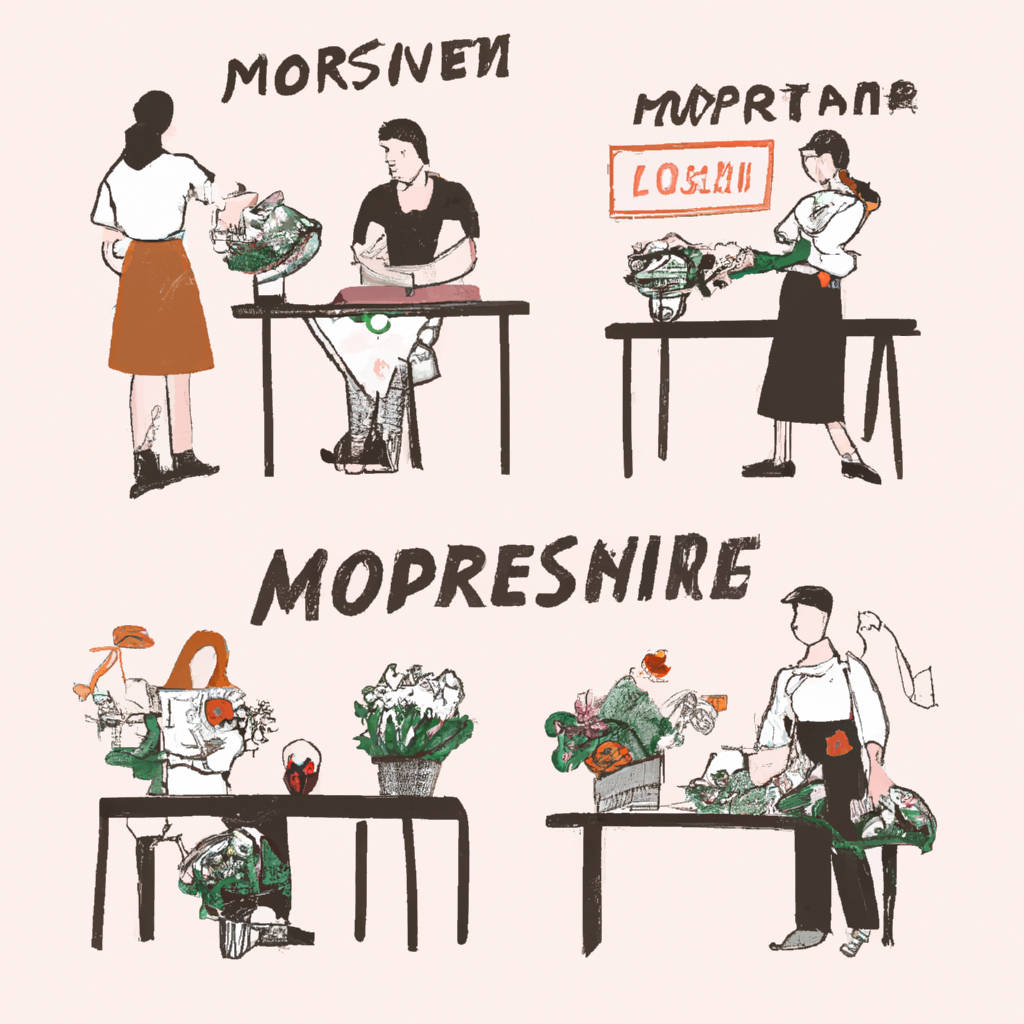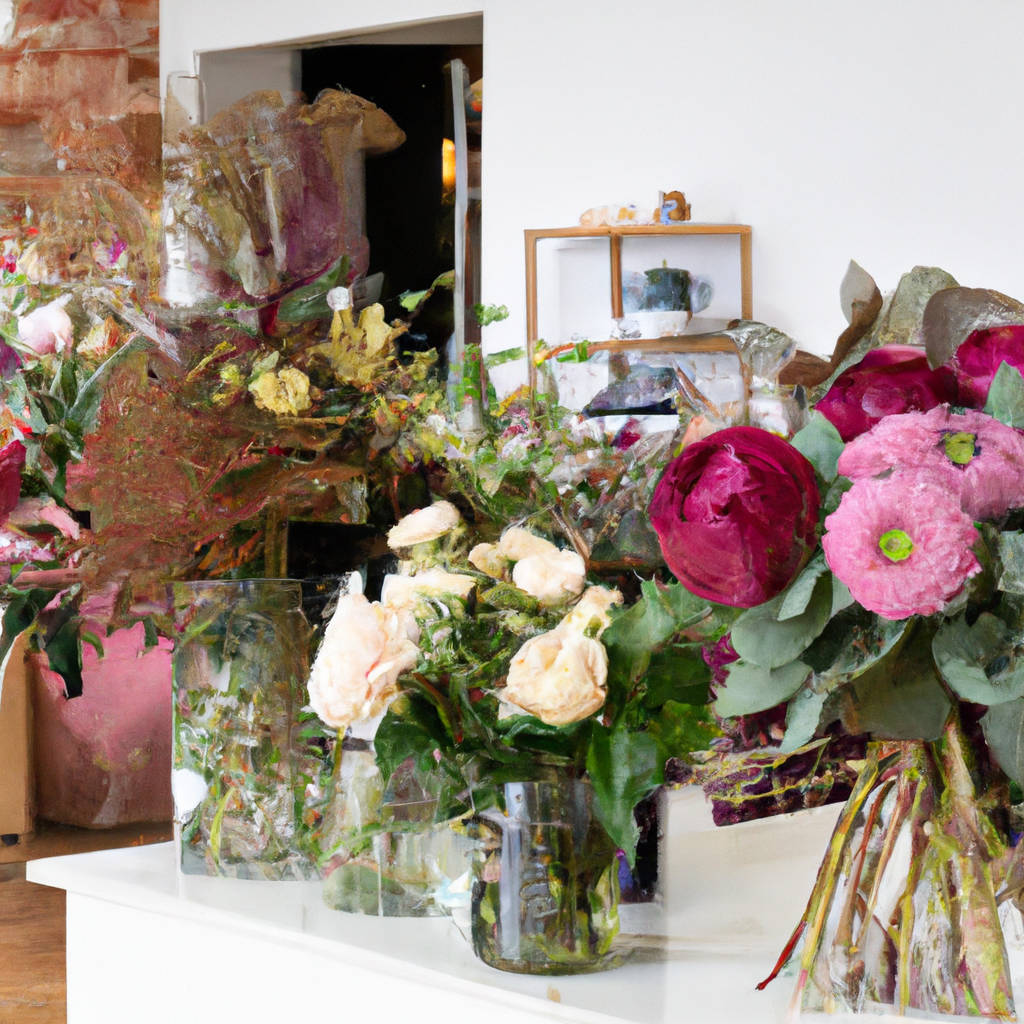Is the flower business popular in London
The flower business is incredibly popular in London, with a thriving market that spans both retail and wholesale sectors. This industry’s popularity can be attributed to the city’s deep-rooted tradition and culture of gardening and horticulture. Londoners have a profound appreciation for flowers and plants, which is reflected in the numerous flower shops, florists, and markets scattered across the city. The renowned Columbia Road Flower Market, for instance, is a testament to this popularity, attracting both locals and tourists with its vibrant displays and diverse selection of flowers. Moreover, the city’s many events, such as weddings, parties, and other celebrations, provide a constant demand for floral arrangements and decorations, further bolstering the flower business. In addition, the rise of online flower delivery services has expanded the market reach, making it easier for consumers to purchase flowers from the comfort of their homes. These online platforms offer a wide range of options, from luxury bouquets to budget-friendly selections, catering to different customer preferences and needs. Furthermore, the industry also benefits from London’s multicultural population, who bring with them a variety of floral traditions and preferences, thereby diversifying the flower market in the city. Therefore, it’s clear that the flower business is not just popular but also deeply ingrained in London’s culture and economy.

How to start a flower business in London
Starting a flower business in London begins with a detailed business plan showcasing your vision, target market, and financial projections. The process requires an understanding of the floral industry, and your business plan should outline your unique selling points to stand out in the crowded London market. It is crucial to identify your potential customers, whether they are individuals interested in home decor, event planners, or businesses looking for regular floral arrangements. Once you have your business plan, you can secure funding through various means such as savings, loans, or investor backing.
Next, find the ideal location for your flower shop. This could be a physical store in a bustling area of London or an online platform that allows you to reach customers throughout the city. An online platform can be particularly beneficial due to the increasing consumer preference for online shopping and the potential for lower overhead costs compared to a physical store.
One crucial aspect to consider is sourcing your flowers. You’ll need to establish relationships with reliable suppliers who can provide fresh, high-quality flowers that meet your customers’ expectations.
Another essential step is to hire staff. You’ll need experienced florists who can create stunning arrangements and provide excellent customer service. Support staff will also be necessary for tasks such as delivery, inventory management, and bookkeeping.
Marketing your flower business is vital to attract customers. Utilize social media platforms, a well-designed website, and email newsletters to build a strong online presence. Local advertising can also be effective, such as ads in community newspapers or sponsorship of local events.
Finally, be prepared to adapt. The floral industry can be impacted by seasonal changes, fluctuating flower prices, and changing consumer trends. Regularly reviewing your business plan and being willing to make adjustments will help ensure your flower business in London is a success.
Stages of choosing a supplier for opening a flower shop
The process of selecting a supplier for a new flower shop involves several crucial phases. Initially, the prospective shop owner must conduct comprehensive market research to identify potential suppliers. This involves understanding the types of flowers they offer, their pricing structures, delivery schedules, and their reputation in the market. Once a list of potential suppliers is gathered, the next step is to evaluate them based on the shop’s specific needs. For instance, a shop specializing in exotic blooms will need a supplier who can provide a wide variety of such flowers.
The shop owner must also consider the supplier’s reliability, especially in terms of delivering fresh flowers on schedule as this can greatly impact the shop’s reputation. The supplier’s ability to provide high-quality flowers consistently is another factor that needs careful consideration. It is also important to evaluate the supplier’s customer service because efficient communication and prompt resolution of issues can contribute significantly to the smooth operation of the shop.
After assessing potential suppliers based on these criteria, the shop owner should request proposals or quotes from the shortlisted suppliers. This step involves comparing prices, payment terms, delivery schedules, and other contractual details. It is always beneficial to negotiate terms that can provide a competitive edge to the shop, such as exclusive access to certain types of flowers, special discounts, or faster delivery times.
Finally, once a supplier has been chosen, it is advisable to start with a small order to assess their service and product quality. This trial period provides an opportunity to evaluate whether the supplier can meet the shop’s expectations. If the quality, delivery, and service meet the required standards, a long-term contract can be initiated. However, even after entering into a contract, it is essential to continuously monitor the supplier’s performance and make adjustments as necessary. This ensures that the shop can consistently provide the best possible flowers to its customers.

Stages of choosing a place to open a flower shop
The process of selecting a suitable location for setting up a flower shop involves several critical steps. Initial considerations should focus on identifying the target market for the business. This could be affluent individuals, corporate clients, weddings and events, or regular customers who buy flowers for their homes or as gifts. After understanding the demographic and purchasing habits of the target market, the next phase involves researching potential locations that cater to this audience. This could be in a high traffic area such as a busy commercial district or a more residential area where there is less competition.
It’s also important to consider visibility and accessibility. The shop should be easy to find and ideally, it should have ample parking or be near public transportation. Following this, analyzing the competition in the area is key. If there are already several flower shops in the vicinity, it may be challenging to establish a new business. However, if the existing shops do not cater to the needs of the target market, this could present an opportunity.
The next stage involves assessing the rent or cost of the property, as well as other overheads such as utilities, maintenance, and staffing. It’s essential that the business can sustain these costs and still generate a profit. Additionally, the size and layout of the space should be considered. It should have enough room for displaying flowers, storing stock, and accommodating customers and staff.
Finally, the potential for growth should be considered. If the business expands, will there be room for more stock or staff? If not, it may be worthwhile to look for a larger space from the outset. By carefully considering each of these stages, entrepreneurs can optimize their chances of success when choosing a place to open a flower shop.
Design and opening of a flower shop
The conceptualization and launch of a flower shop is an exciting undertaking that blends creativity, business acumen, and passion for nature’s beauty. The process begins with the design phase, where the shop layout is strategically planned to enhance not just the aesthetics, but also the functionality of the space. It’s critical that the shop is visually appealing, filled with a vibrant array of blossoms and greenery that welcome customers into a serene and captivating environment.
The display should be designed to showcase the freshness and variety of the flowers, while also making it easy for customers to navigate and make their selections. The design should also cater to the important behind-the-scenes tasks such as storage, flower arrangement creation, and checkout area. The positioning of these elements should facilitate an efficient workflow for staff and a seamless shopping experience for customers.
After the design phase comes the exciting part – the grand opening. This event is the flower shop’s introduction to the community, an opportunity to make a lasting impression and build relationships with potential customers. It’s vital to promote the opening well in advance through various channels such as social media, local news outlets, and direct mail. Offering special promotions or a small opening day event with refreshments can also attract a crowd.
The opening day should reflect the shop’s branding and mission, showing customers the unique value the shop brings to the market. Staff should be well-trained and ready to provide excellent customer service, answer any questions about the products, and assist with purchases.
The shop’s ambiance should be inviting and comforting, letting the natural beauty of the flowers take center stage. The scent of fresh flowers, the soft background music, and the overall design should work in harmony to create an enchanting shopping experience.
In conclusion, designing and opening a flower shop is a meticulous process that requires a balance of creativity, planning, and business strategy. However, the reward of seeing customers delighted by the beauty of nature within a well-designed space makes the effort worthwhile.

More best ideas and tips for opening a flower shop in London
Opening a flower shop in London is an exciting venture that requires thorough planning, strategic location choice, and familiarity with the local market. To start, a comprehensive business plan outlining your goals, target audience, and operational strategies is crucial. This will act as your roadmap, helping you navigate the challenges ahead. Secondly, identifying an ideal location is essential. Busy areas with high foot traffic such as commercial districts, malls, or near office buildings are typically advantageous.
Moreover, understanding your local market is vital, as you’re catering to Londoners’ tastes and preferences. Research to identify popular flowers, arrangements, and styles in London, and consider offering a unique blend of traditional and exotic flora to differentiate your business. Additionally, developing relationships with reliable suppliers who can consistently deliver fresh, quality flowers is key.
As with any business in London, pricing will play a significant role. It must reflect the quality of your flowers, yet remain competitive within the market. Offering a range of price points can attract a variety of customers, from those seeking simple bouquets to others needing elaborate arrangements.
Investing in a professional, easy-to-navigate website is another useful tip. This not only extends your business’s reach but also provides a platform for online orders, enhancing customer convenience. Social media presence is equally important, as it allows you to engage with your customers, showcase your work, and share promotions or events.
Lastly, excellent customer service can set your flower shop apart. From knowledgeable staff who can provide advice on flower care to offering delivery services, every detail contributes to the overall customer experience. Remember, word-of-mouth referrals can be very powerful, so strive to leave a positive impression on each customer.
Opening a flower shop in London can be a beautiful, rewarding venture when armed with the right strategies and a passion for floristry.
